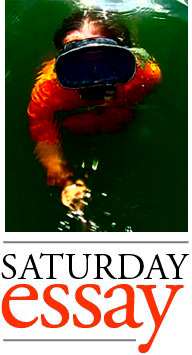The Grateful Dead vs. The Velvet Underground
 The 2024 death of Grateful Dead bassist Phil Lesh reminded me: I discovered the Grateful Dead and the Velvet Underground at the same time. The bands still exist as a unity in my mind, even after I figured out they were polar opposites.
The 2024 death of Grateful Dead bassist Phil Lesh reminded me: I discovered the Grateful Dead and the Velvet Underground at the same time. The bands still exist as a unity in my mind, even after I figured out they were polar opposites.
My 1980s high school girlfriend was from the Northeast around Connecticut and New York City. She fused goth, punk, and hippie vibes. When we were 18, we took acid in her Austin, Texas shack. That’s where she DJ’d for me, on vinyl, the Grateful Dead and the Velvet Underground.
I’d heard the bands but never listened. She played the 1970 Dead tune “Box of Rain,” written by Lesh about the death of his father. Then we listened to “Rock & Roll,” the 1970 VU tune by Lou Reed about music as refuge, with Sterling Morrison on lead guitar. It all sounded like sheer Americana to me.
In the 1990s I became more of a Velvet Underground guy, from the band’s proto-punk stuff. But then I dated a Deadhead in Berkeley, and she took me to some Dead shows. That’s when I really got what the Dead fuss was about. I enjoyed my first show plenty, just for the carnival atmosphere, not having a deep knowledge of their discography. But then they covered “Johnny B. Goode” and the top of my skull lifted off. The secret of Dead shows is they piled crescendo on crescendo until you hit peak bliss, then they kept climbing. Yes I was on mescaline.















